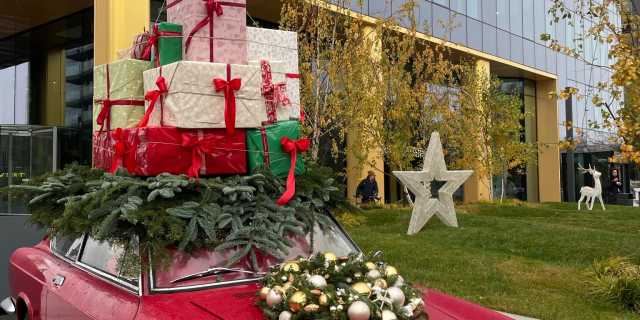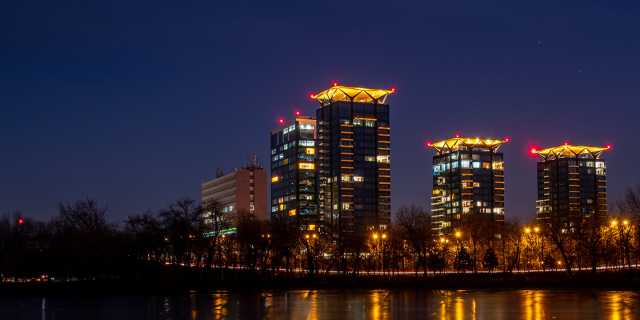The purpose
During the totalitarian regimes that ruled Romania between 1947-1989, the purpose of building blocks was to create as many living spaces as possible for workers and raise the proletariat, modelled on other communist states. By contrast, the current architecture emphasizes the lifestyle of the contemporary man. At the heart of housing projects there is no longer the need for demonstrations of power to glorify a political regime, but the desire to create functional urban ensembles that meet the demands of those living in the century of speed and provide residents with the most precious good: time. Thus, people no longer need a house that offers them only a living space, but the integration within the ensembles of the most common points of interest (shops, beauty salons, restaurants, pharmacies, etc.) is sought. In this regard, real estate companies have begun to develop multifunctional, residential, commercial, and office projects, such as One Floreasca City complex. Also, while in the past the emphasis was not on private property, today a home has the role of reflecting the status and personality of the owners.
Architecture
While in the communist period the emphasis was strictly on functionality and even restricted to the most basic level, and aesthetics played no role in the architectural plans of the rows of blocks, today the design of buildings, mainly, and individual dwellings, in particular, is one of the most important attributes of new projects. The simplistic appearance of grey buildings is replaced by non-conformist designs, and concrete and brick are complemented or replaced by sustainable, recycled, or recyclable materials since another important aspect of present-day real estate is the construction of energy-efficient buildings. The interior design of the apartments is also different, as in many homes the open space trend now predominates, to fluidize the space and light the room, but also to facilitate communication between family members and maximize time spent with the loved ones. In addition, in the case of premium housing, a special emphasis is placed on the creation of common spaces, from impressive lobbies to green oases arranged in spacious rooftop terraces and around the residential complexes.
Location
In the past, the first areas targeted for the construction of residential buildings were the industrial ones, to maximize the operating times of the factories. Today, the areas near parks, shopping malls, and restaurants are considered for new constructions, especially in the luxury residential complexes, to ensure that residents have the opportunity to relax in nature and enjoy an intense social life outside of working hours.
A different view of the past
Numerous demolitions of interwar houses and other heritage buildings took place before 1989, even in the centre of Bucharest, near the main boulevards on which the regime's parades took place. The State Archives, the Brâncovenesc Hospital, and the Spirea Veche Church are just a few examples of valuable buildings destroyed in those times. In other cases, entire neighborhoods have been wiped out to make way for communist-specific architecture (such as the hill on which the People's House was built, now the Parliament Palace). By comparison, many historic monuments now benefit from significant investment from developers to preserve them, but also to include them back in the circuit, such as the famous Braikoff house, soon to be One Athénée, acquired and soon to be restored by One United Properties.
Data for this article was obtained from historia.ro, dilemaveche.ro, and digi24.ro.
More on our blog
- One Insider
- Real estate: past, present and future
- Layout and style
- Real estate education
- Free time in Bucharest
- Tourist attractions in Bucharest
- The neighborhoods of Bucharest
Read also






